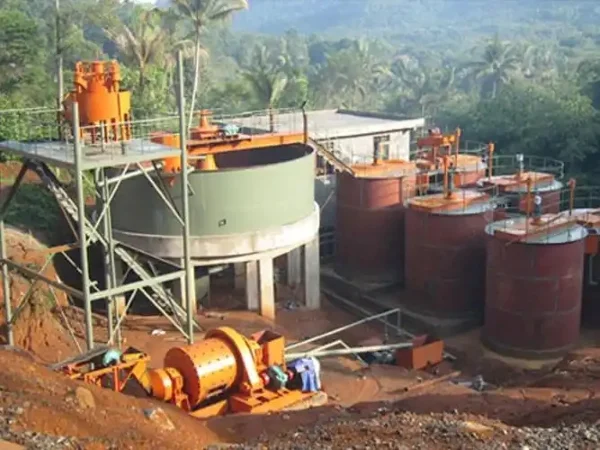
Cyanidation for gold extraction has been widely adopted in gold mines due to its strong adaptability to various ores, on-site gold production capabilities, and high recovery rates. However, due to environmental assessment concerns, mines either treat sewage before or after it enters the reservoir to achieve zero discharge, or use low-cyanide or cyanide-free leaching agents to protect the regional ecological environment. This article introduces the operations of cyanidation and the carbon-in-pulp process for gold extraction. The goal is not only to understand the mechanisms of gold extraction but also to eliminate pollution and move towards the establishment of environmentally friendly mines.
Cyanidation for Gold Extraction
The operational factors include the concentrations of cyanide and oxygen, temperature, the size and shape of gold particles in the ore, the concentration of the pulp, the content of slime, the surface film of gold particles, and the leaching time.
When the concentration of cyanide is low, the solubility of oxygen is relatively high, and the dissolution rate of gold depends on the Cyanide Concentration. When the cyanide concentration is high, the dissolution rate of gold is determined solely by the oxygen concentration. Generally, the cyanide concentration ranges from 0.03% to 0.05%. Adding certain oxidants, leaching aids, or directly introducing oxygen significantly improves the leaching effect.
For example, a carbon-in-pulp plant replaced air with oxygen - rich gas (with an oxygen content of over 90%) and injected it into the leaching tank. As a result, the leaching rate increased by 0.89 percentage points. A concentrator added 98% lead acetate at a rate of 0.1 kg per ton of ore to the first leaching tank. Consequently, the gold grade of the tailings decreased from 0.218 g/t to 0.209 g/t.
The dissolution rate of gold in the cyanide solution increases with the rise in temperature. Usually, the temperature is maintained between 10°C and 20°C. Below 1.34°C, the solution crystallizes. Therefore, in winter, northern concentrators often use blowtorches to bake clogged pipelines. Above 34.7°C, the solution turns into a liquid state, and gas often escapes. To stabilize and reduce chemical losses, an appropriate amount of alkali, known as the protective alkali, is usually added to promote the reaction in the direction of weakened hydrolysis.
Fine - grained gold has a large exposed surface area after grinding and is easily dissolved by cyanidation. Additionally, gold particles in the form of flakes, small spheres, and those with internal pores are relatively easy to dissolve. When the pulp concentration is low, the viscosity is small, and the diffusion rates of cyanide ions and oxygen in the solution to the surface of gold particles are high. As a result, gold dissolves quickly, and the leaching rate is high. However, a low concentration will increase the volume of the pulp, leading to larger equipment requirements and higher reagent consumption. The appropriate pulp concentration is 40% - 50%. When the ore contains a large amount of slime and has complex properties, the concentration should be controlled at 20% - 30%.
Impurities form various films on the surface of gold particles, affecting the leaching of gold. Associated minerals react with oxygen, cyanide, and alkali, hindering the leaching of gold. As the leaching time increases, the leaching rate rises to a certain limit, but then the rate decreases. This is because the volume and particle size of gold decrease, the distance between cyanide, dissolved oxygen, and gold complexes expands, and the accumulation of impurities forms a film that is harmful to leaching. The “jamming” of the agitator in the leaching tank, caused by high concentration, low fineness, low air volume, and the structural clearance between the lower impeller and the bottom of the tank, also affects the leaching of gold. After the tanks in a cyanidation workshop jammed, workers manually rotated the machine and used high - pressure water guns, air guns, and long steel bars to unclog the pipelines. Eventually, it was found that the clearance between the lower impeller and the bottom of the tank was four times the normal value. The problem was solved after adjustment.
Carbon-in-Pulp (CIP) Process for Gold Extraction
The operational factors include the adsorption of activated carbon, desorption and electrolysis, and the regeneration of carbon.
Before using new carbon, it is necessary to “round the edges and remove debris” through pre - grinding. When purchasing carbon, both adsorption capacity and strength should be ensured. The packing density should be 0.50 kg/L - 0.55 kg/L, and the particle size should be regular and uniform, generally 6 - 12 mesh or 6 - 16 mesh. The ash content and the content of undersize particles should not exceed 3%. In a carbon-in-pulp plant, a high content of powdered carbon led to the gold grade of the tail liquid being more than 16 times higher than normal, resulting in gold losses. As a result, the carbon had to be completely replaced.
The density of carbon in the adsorption tanks increases in a gradient. Considering carbon aging, frequent extraction is beneficial for gold recovery. A carbon-in-pulp plant changed the carbon extraction cycle from three days to every other day, and the production increased by a quarter. When the tank overflows and carbon runs out, gold is bound to be lost. This is mainly caused by the clogging of the carbon - retaining screen. Debris should be removed in advance after the classifier and hydrocyclone. A horizontal cylindrical screen is used as the carbon - retaining screen. The problem can also be solved by reducing the pulp concentration or the density of bottom carbon and increasing the air volume of the air duct beside the screen.
Leakage of carbon from the last adsorption tank is highly undesirable. A 40 - mesh safety screen on the tailings mixing tank serves as a crucial checkpoint. It should be checked and maintained frequently to ensure its integrity. To reduce carbon wear, low - speed agitation is commonly used.
Desorption and electrolysis are carried out in a solution of 1% sodium hydroxide and Sodium cyanide under a pressure of 0.35 MPa - 0.39 MPa, achieving desorption at 135°C - 160°C, which is above the boiling point of the solution. The gold grade of the lean carbon is less than 50 g/t. Currently, cyanide - free desorption and electrolysis are widely applied.
For carbon regeneration, it is usually soaked in 3% - 5% dilute nitric acid or hydrochloric acid for 0.5 - 1 hour. Workers should stir it intermittently. After taking it out of the tank, it is soaked in water to remove the acid leaching solution. Then, it is soaked in 1% sodium hydroxide to neutralize the remaining acid. Finally, it is washed with 2 - 3 times the volume of the carbon bed.
- Random Content
- Hot content
- Hot review content
- Sodium Metal, ≥99.7%
- Ammonium Nitrate Porous Prills
- Citric acid-Food Grade
- Cobalt Sulphate Heptahydrate
- 2-Hydroxyethyl acrylate (HEA)
- Sodium Dimethyldithiocarbamate 95% solid, 40% liquid
- Ethyl Methyl Carbonate (EMC) 99%
- 1Discounted Sodium Cyanide (CAS: 143-33-9) for Mining - High Quality & Competitive Pricing
- 2China's New Regulations on Sodium Cyanide Exports and Guidance for International Buyers
- 3Sodium Cyanide 98% CAS 143-33-9 gold dressing agent Essential for Mining and Chemical Industries
- 4International Cyanide(Sodium cyanide) Management Code - Gold Mine Acceptance Standards
- 5China factory Sulfuric Acid 98%
- 6Anhydrous Oxalic acid 99.6% Industrial Grade
- 7Oxalic acid for mining 99.6%
- 1Sodium Cyanide 98% CAS 143-33-9 gold dressing agent Essential for Mining and Chemical Industries
- 2High Quality 99% Purity of Cyanuric chloride ISO 9001:2005 REACH Verified Producer
- 3Zinc chloride ZnCl2 for High Molecular Weight Polymers Initiator
- 4High Purity · Stable Performance · Higher Recovery — sodium cyanide for modern gold leaching
- 5High Quality Sodium Ferrocyanide / Sodium Hexacyanoferr
- 6Gold Ore Dressing Agent Safe Gold Extracting Agent Replace Sodium Cyanide
- 7Sodium Cyanide 98%+ CAS 143-33-9

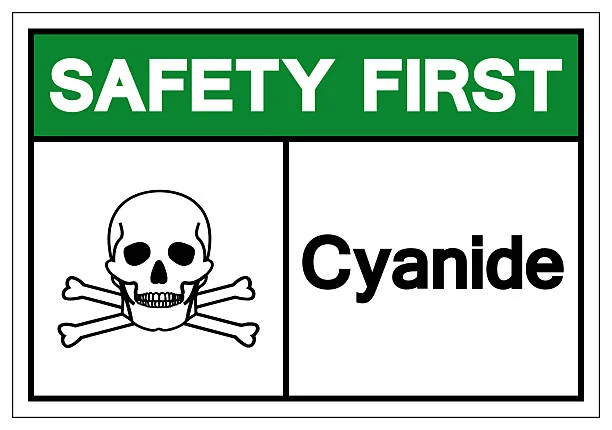
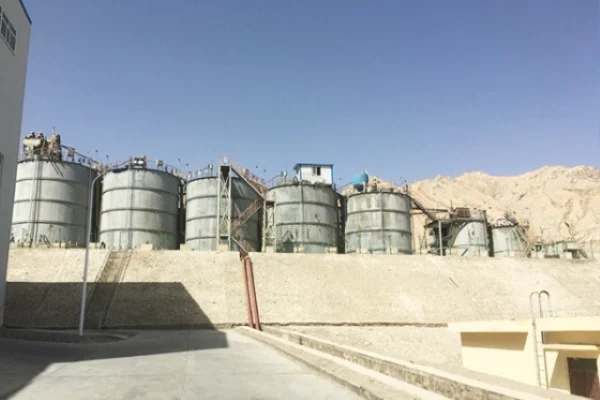
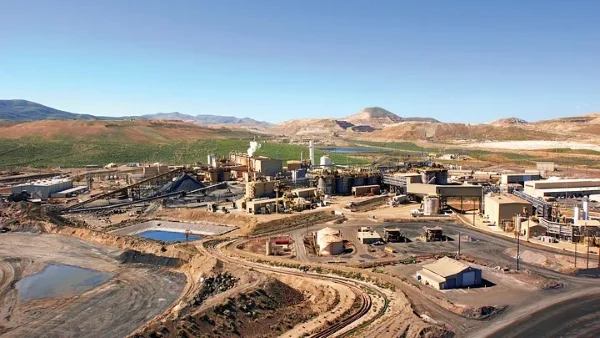

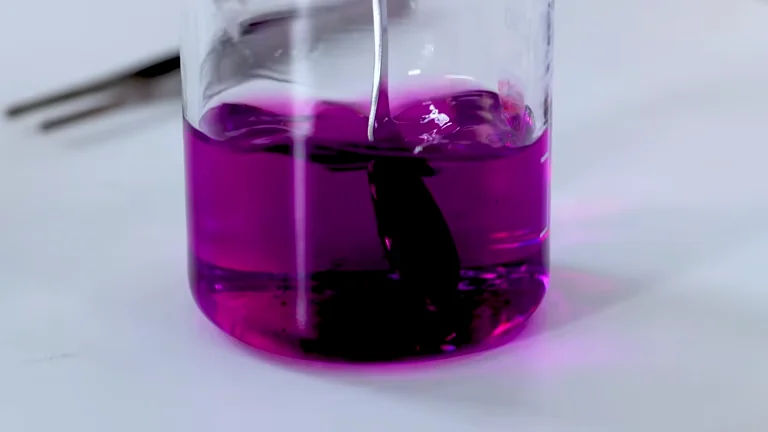





Online message consultation
Add comment: